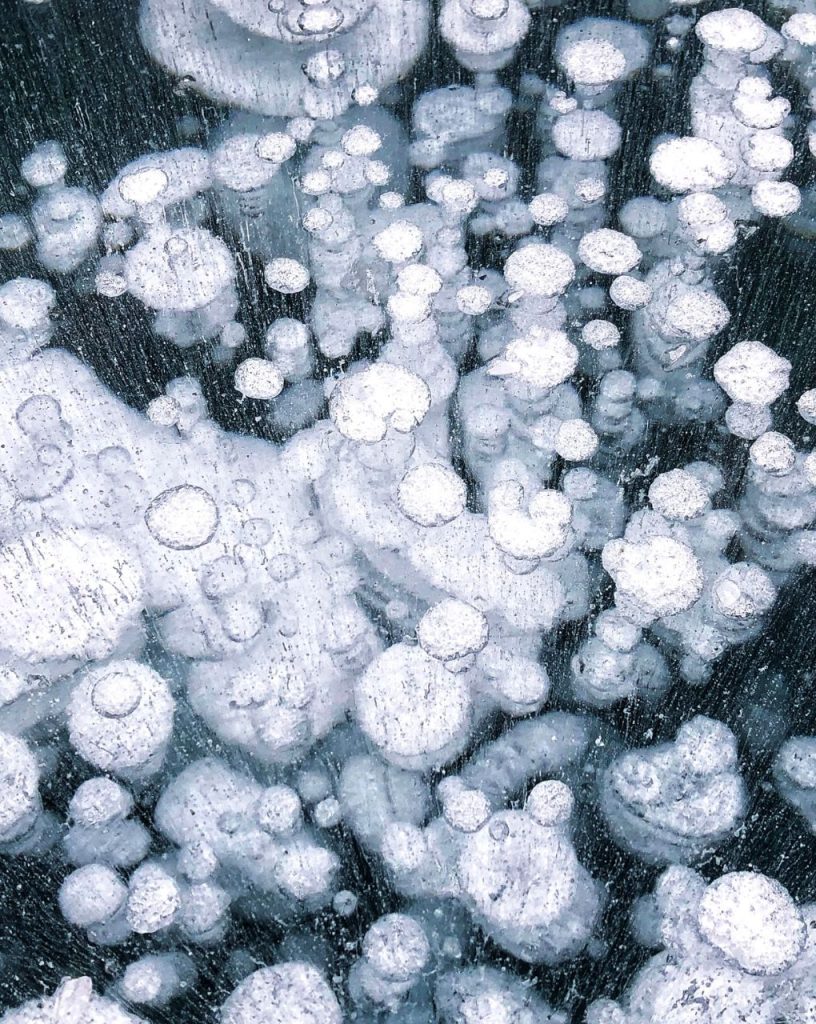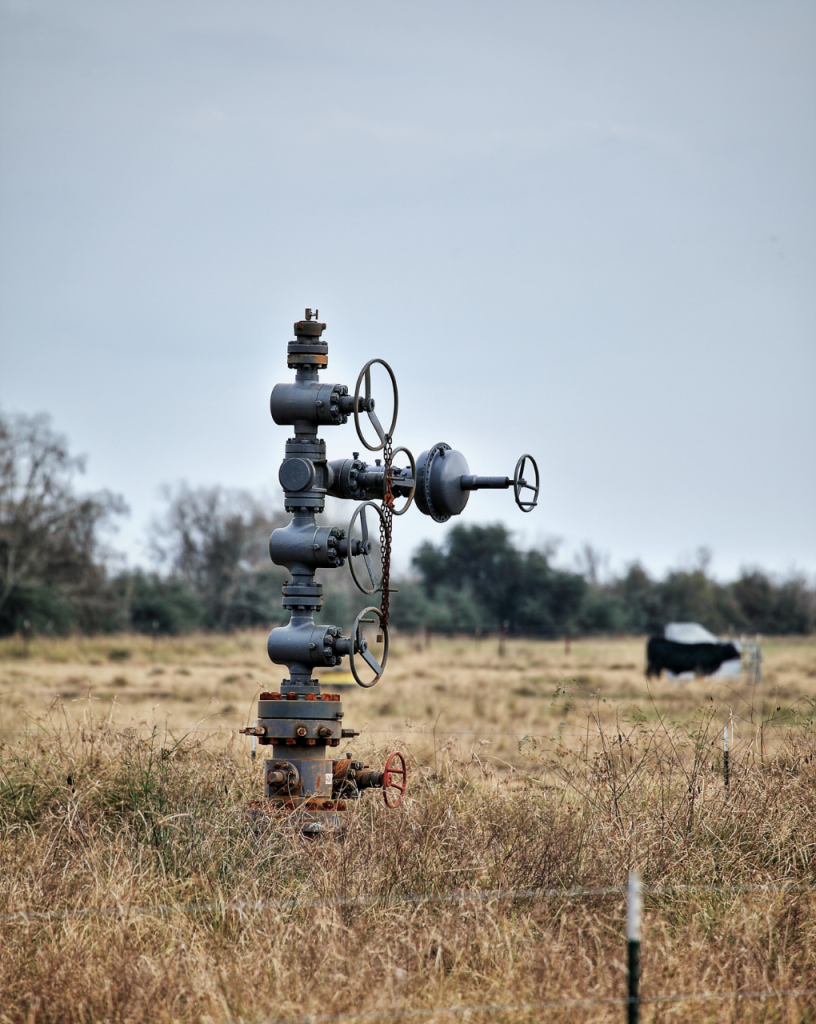- Home
- Health Topics
- Environment
- Health Hazards — Environment
Health Hazards — Environment

On this page
Beaches

The natural beauty of Lake Erie makes our local beaches and shores a wonderful place to swim, play and boat on a warm summer day. But under certain conditions, the lake’s water quality can deteriorate to a point where swimming in the water may result in illness.
Water quality is heavily impacted by environmental conditions. Warmer waters in the summer are better suited for bacteriological growth. Also, the bacteria levels in beach water are often much higher following a heavy rainfall or high winds. As a general guideline, the Health Unit recommends that people avoid swimming in the lake for 48 hours after a significant rainfall and/or high winds as this may increase the presence of illness-causing bacteria, leading to an increased risk of illnesses such as diarrhea or ear infections for people swimming in these waters.
Blue Green Algae

Also known as cyanobacteria, blue-green algae are bacteria that share features of both bacteria and algae. In a typical summer, lake water can contain several species of cyanobacteria. Ponds, streams and rivers can also contain this naturally occurring organism. Unfortunately, many types of cyanobacteria will release toxins when they die or are damaged that can cause illness and/or irritation in humans, pets and livestock. In the right conditions, these organisms can form a large mass called a bloom, also referred to as a Harmful Algal Bloom (HAB).
Hydrogen Sulphide

Hydrogen sulphide is part of the natural environment; the general population will have likely had some exposure to hydrogen sulphide. The release of hydrogen sulphide from a specific source does not always lead to human exposure. You can only be exposed to the gas when you come into direct contact with it by breathing it in, eating or drinking something contaminated with it, or when it touches your skin. Any absorbed hydrogen sulphide does not accumulate in the body as it is rapidly metabolized in the liver and excreted in the urine. Hydrogen sulphide usually breaks down in the air and therefore exposure is only likely to continue if there is an ongoing source.
Methane

Methane gas is a colourless and odourless gas. It is composed of carbon and hydrogen and, at high levels, can be flammable.
Abandoned Gas and Oil Wells

Companies and landowners in Ontario have drilled thousands of wells to extract oil and gas deep underground. These wells are deactivated for many reasons, from being no longer economically viable to being neglected. When a well is no longer needed for oil and gas development, it must be permanently sealed and taken out of service. This process is known as abandonment. Unfortunately, not all abandoned wells are properly decommissioned, and those plugged in the past can still leak.
Air Quality

The air around us is made up of nitrogen (78%), oxygen (21%) and tiny amounts of other gases. Both natural and human activities release gases that cause an imbalance in the air. These releases of gases are called air pollutants.
